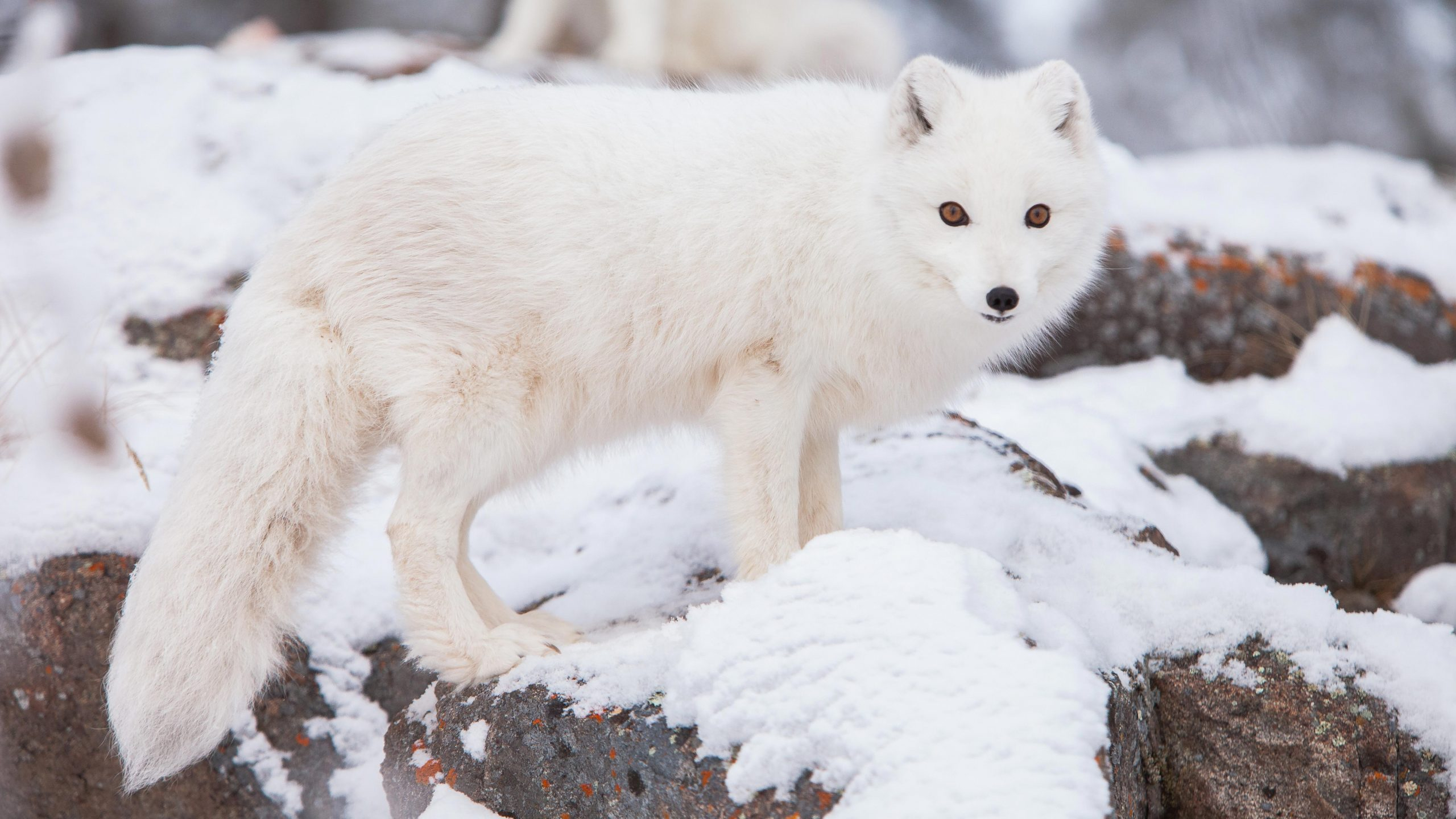Arctic foxes, the resilient inhabitants of the icy tundra, undergo a remarkable seasonal transformation that plays a crucial role in their survival. These creatures shift from a white winter coat to a brown or grayish hue as temperatures change. This adaptation is a testament to their ability to thrive in the extreme conditions of the Arctic.
During winter, the snowy fur of the Arctic fox serves as a natural camouflage, allowing them to blend seamlessly into the snow-covered landscape. This remarkable coloration provides them with a vital advantage while hunting for prey and evading potential predators. As the seasons transition to spring, the foxes shed their white coats, adopting a brownish hue that helps them blend into the tundra and rocky surroundings.
The key to the Arctic fox's ability to endure the harsh Arctic climate lies in its specialized fur and efficient metabolism. These creatures can withstand temperatures as low as -58°F, showcasing their remarkable adaptation to one of the Earth's most challenging environments. Their ability to stay hidden while navigating diverse landscapes highlights their survival prowess.
One of the fascinating aspects of Arctic fox survival is how they accumulate blubber to endure the frigid winters. During the colder months, these resourceful animals build a layer of blubber beneath their skin. This serves as insulation, providing them with added warmth and energy reserves to endure the scarcity of food in the harsh Arctic winters.
Arctic foxes are opportunistic omnivores, showcasing adaptability in their diet. They feed on a variety of prey, including small mammals, birds, eggs, and carrion. Additionally, their diet includes berries and plants, showcasing their versatility in sourcing nutrition from the limited resources available in the Arctic.
Another intriguing aspect of Arctic fox behavior is their ability to form monogamous pairs during the breeding season. These pairs work together to raise their young, with both parents actively participating in caring for the offspring. This cooperative parenting strategy enhances the chances of the young foxes' survival in the challenging Arctic environment.
Despite their seemingly delicate appearance, Arctic foxes display incredible agility and stealth. They navigate the dense foliage of the Arctic with surprising silence, revealing a side that contradicts their flashy winter exterior. This adaptability and stealth contribute to their success as predators and scavengers in the Arctic ecosystem.
The Arctic fox's survival story is a captivating tale of resilience, adaptation, and resourcefulness in the face of extreme environmental challenges. Their seasonal coat changes, blubber accumulation, and versatile diet showcase the remarkable strategies these animals employ to thrive in one of the most demanding habitats on Earth.
